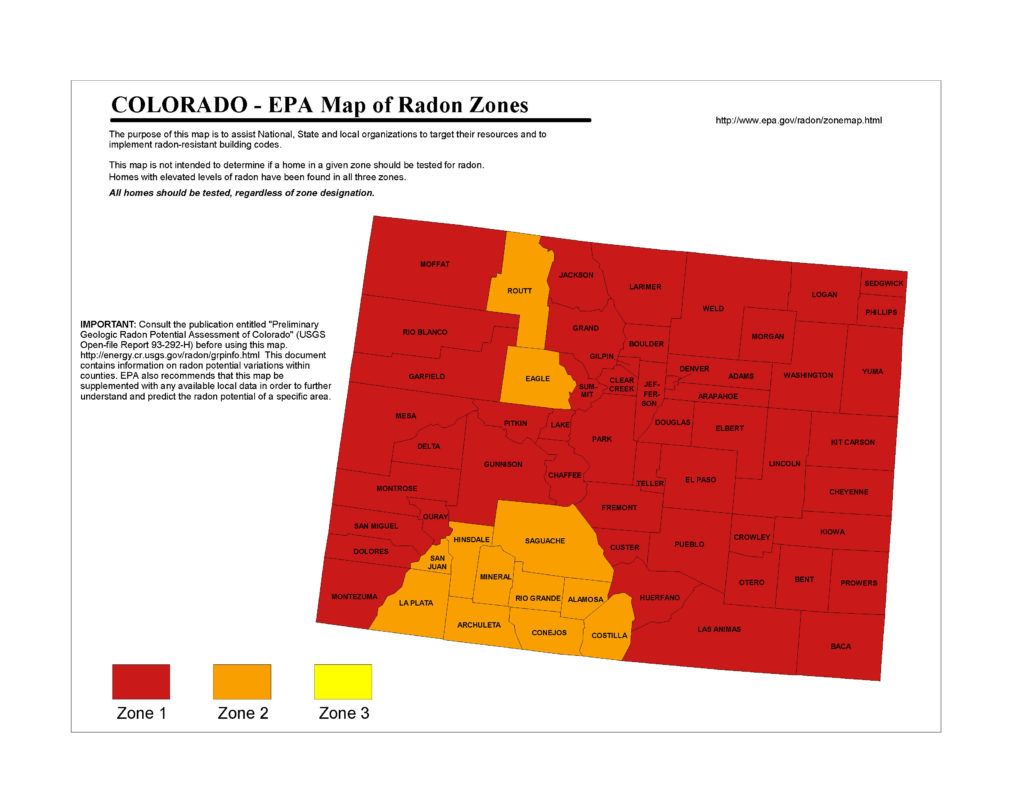

Radon exposure is responsible for about 21,000 lung cancer deaths every year, and about 2,900 of those deaths occur among people who have never smoked. It’s blamed for up 14 percent of lung cancer cases worldwide. Radon is one of the leading causes of lung cancer, along with smoking and secondhand smoke. According to a citizen’s guide published by the United States Environmental Protection Agency, radon gets into your home or any other building through ( 3): Not only are elevated radon levels found in homes, they are also a problem in schools, childcare facilities and workplaces.

Radon is invisible, odorless and tasteless - and it doesn’t cause immediate health symptoms - so there’s no way to know if you are at risk of radon exposure. When it becomes trapped in the home, it begins to build up and negatively effect the health of the people living there. Typically, it moves up through the ground into the air, and then into your home through cracks and other holes in the foundation. But it can also enter the home through well water and from building materials. And what is it, exactly? Radon is a naturally occurring radioactive gas that comes from the natural decay of uranium that is found in nearly all soils and rocks. Most of the time, it’s emitted into the home from the soil through cracks. ( 1, 2) I’d say it’s an investment well worth it if radon is a problem in your home. A system with these life-saving perks typically costs an average of just $1,200 in a home. Thankfully, a professionally installed radon mitigation system can lower your exposure by more than 90 percent and add decades to your life. If you find out that radon is a threat in your home, you can reduce the levels using well-established venting techniques and try detoxingyour body in an effort to keep your lungs as healthy as possible despite any damage done by radon exposure. And don’t be fooled that radon only affects certain kinds of home - it can actually be a problem in homes of all kinds, whether they are new homes, “radon-resistant homes,” old homes, drafty homes, homes with basements or homes without basements. You can’t see, taste or smell radon, so testing your home and workplace is the only way to be sure of your level of exposure. You would never know that you have elevated radon levels in your home unless you tested for it. ( 1) And what’s really scary is that there are no obvious radon symptoms. Did you know that breathing radon for prolonged periods can present a significant health risk to you and your family? According to the Surgeon General’s National Health Advisory, millions of homes have an elevated radon level and more than 20,000 Americans die of radon-related lung cancer every year.


 0 kommentar(er)
0 kommentar(er)
